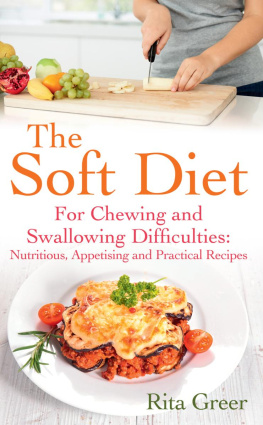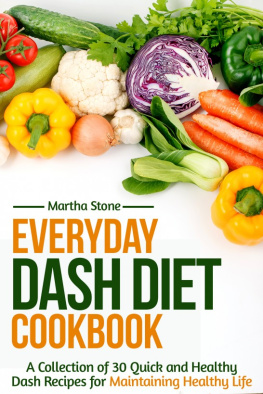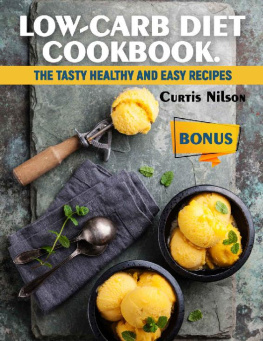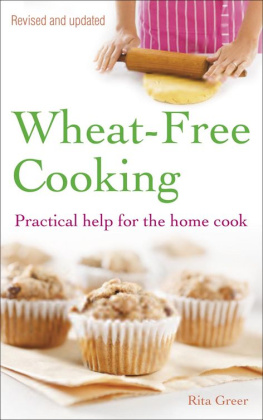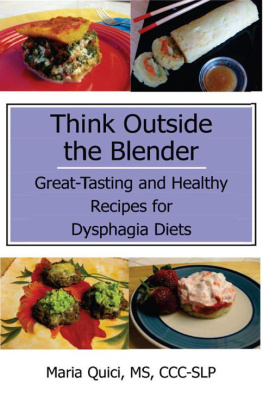One of the first observations an archaeologist makes when confronted by a skull concerns the teeth still left in the jaws. The skull may be thousands of years old, yet by studying the teeth it is possible to say how old the person was at the time of death and how healthy he or she would have been.
As our teeth serve us on a daily basis from about the age of five, quite naturally they become worn down with use, particularly the large teeth (the molars) at the sides of the jaw, top and bottom, which grind food to a paste. If the archaeologist sees that some teeth are missing from the skull and that those remaining are in a badly worn state, it will be obvious their owner did not enjoy good health. He or she would probably have fallen prey to deficiency and degenerative diseases through being unable to chew properly. (A link with worn-down teeth is often visible signs of arthritis in the joints of the limb bones, and signs of abscesses in the jaws.)
In the animal kingdom, mammals that are unable to chew become sick and die. However, it is possible for humans to live a long time after their teeth have gone, thanks to the skill of dentistry and by selecting and preparing appropriate food.
The chronic illnesses of old age often have their roots in poor nutrition during earlier years. It is a legacy that cannot usually be rectified, especially for degenerative illness. One can only wonder how much illness is due to the middle-aged chewing less efficiently and the elderly not chewing at all. With a growing percentage of people over 65 years old and many of us living to our 80s and 90s, the number of people who might do well on soft options food increases yearly.
Necessity is frequently the mother of invention, and when faced with caring at home for my husband who was unable to chew and who had spent years in hospitals and nursing homes I felt I had been thrown in at the deep end. Unable to find a suitable cookbook and knowing how the standard soft diet had failed him, I had no choice but to face the serious nature of the problem and set about experimenting and trying to understand the implications of such a regime. Coping alone at home gave me first-hand experience.
What I had witnessed while visiting hospitals and nursing homes over four years was a curious mixture of kindness and cruelty. I saw some staff go to endless trouble to help patients back to health, and their seemingly uncaring colleagues who couldnt wait for their shift to end. Some incidents stick in the memory, like the day I saw a blind and disabled man who couldnt hold a spoon, trying to feed himself with red jelly by attempting to pick it up with his crippled hands. I had missed a similar occurrence at breakfast when he had tried to do the same with porridge because there was nobody available to feed him.
I saw many patients who couldnt chew properly given the most inappropriate foodleathery sandwiches, tough meat, spaghetti I remember cutting up food for a man who was unable to speak but could roar. And roar he did, for he was unable to use his hands to feed himself and had to sit looking at the salad he had been given.
Eventually a report was published, suggesting that patients in hospital might not be properly nourished, either because their food was unsuitable or because they couldnt feed themselves. As a good deal of food ends up in the waste-bin for one reason or another, it would be appropriate if there was new thinking on the subject. I have to admit that the patients I saw in hospital who were happiest with their food were those whose relatives brought in a regular supply. (My husband ended up with a gastric tube and I ended up with depression.)
The obsession with the calorie since the Second World War has led to a belief that calories are actually a kind of food. This in turn leads to indiscriminate food selection and the ultimate unbalanced diet. When this is coupled with not chewing the food, several problems can arise: indigestion, reflux, wind, pain, constipation and malnutrition. Instead of restructuring the diet to cope with these, the traditional answer has been to put even more into the stomach in the form of pills.
Convenience foods came into their own after the last war, when many more women had to go out to work as well as bring up a family. Caring has largely had to change to just coping and convenience food is now the norm. As long ago as the early nineteenth century, women were advised to cook meals which were wholesome, economical and nourishing. Now the buzz words are fast, instant, easy and quick. Convenience seems to be for the cook and overrides the nutritional good of the family. At home, as well as in institutions, we seem to be going backwards in our attitude to food.
The very nature of institutional management results in cheap and easy food, preferably bought in ready to serve. For a soft diet this usually means just a few foods appearing on the menu with monotonous regularityyoghurt, reconstituted mashed potato, ice-cream, custard, porridge and stewed apple, overcooked or canned mashed vegetables, mashed fish or fishcakes. When the patient fails to respond well to this boring selection and begins to lose weight, out comes the liquid milk-based food. At home the usual solution is to mash or liquidise the food eaten by the rest of the household. This can be an unhappy solution, either because the food is unsuitable for this process or because the patient feels the food has been changed in such a way as to render it inferior to that eaten by everyone else.
However the problem is tackled, baby-food seems to creep back on to the menu, disappointing and depressing the adult patient and often failing to provide adequate nourishment.
Common sense indicates that what is needed is a completely new cuisine, designed for adults and taking into account the wide variety of food normally consumedvegetables and fruit, salads, bread and bakery items, cereals, meat, fish, poultry, eggs, cheese and so on. Balance is just as important as for an ordinary diet, or even more so, and this cannot be achieved by using just a few convenience foods.
As I experimented on my willing patient, I began to understand that I could compensate for lack of variety in texture by making more effort with taste and presentation. I saw too the value of the excitement generated by new and better food when foods previously enjoyed had to be taken off the menu. Gradually, mealtimes which had been dreaded turned into events eagerly awaited. Pleasurable anticipation replaced lack of appetite and disappointment. With appetite stimulated and food once more a pleasure and easily digested, the result was a great improvement in health and strength.
It is easy to arrive at a poor state of health, totally unfit and with low esteem. Just dont eat sensibly or properly and it doesnt take long. Once depression has set in, the task of getting well becomes doubly difficult: people lose heart and go downhill. An army marches on its stomach, but even without a war situation, life is a battle for most of us. How much better can we cope if we are properly nourished?
Living on food that doesnt need chewing may seem a strange change of direction at first. People expect it to be like baby-food, bland, boring and repetitious. It need not be anything like that. When it comes to eating, the jaws will be permanently on holiday. Not having to chew can be felt as a relief after chewing has become not just an inconvenience but an impossibility.
Soft options cuisine has a style all its own. It is a recognisable kind of food with a great sense of purpose. Those who wish to be flamboyant can extend the style with bold garnishes, and inspiring presentation. There is nothing second-best about soft options cuisine, in fact it is special as it focuses on a special need. I hope this book will be of help to both carers and the cared-for.

